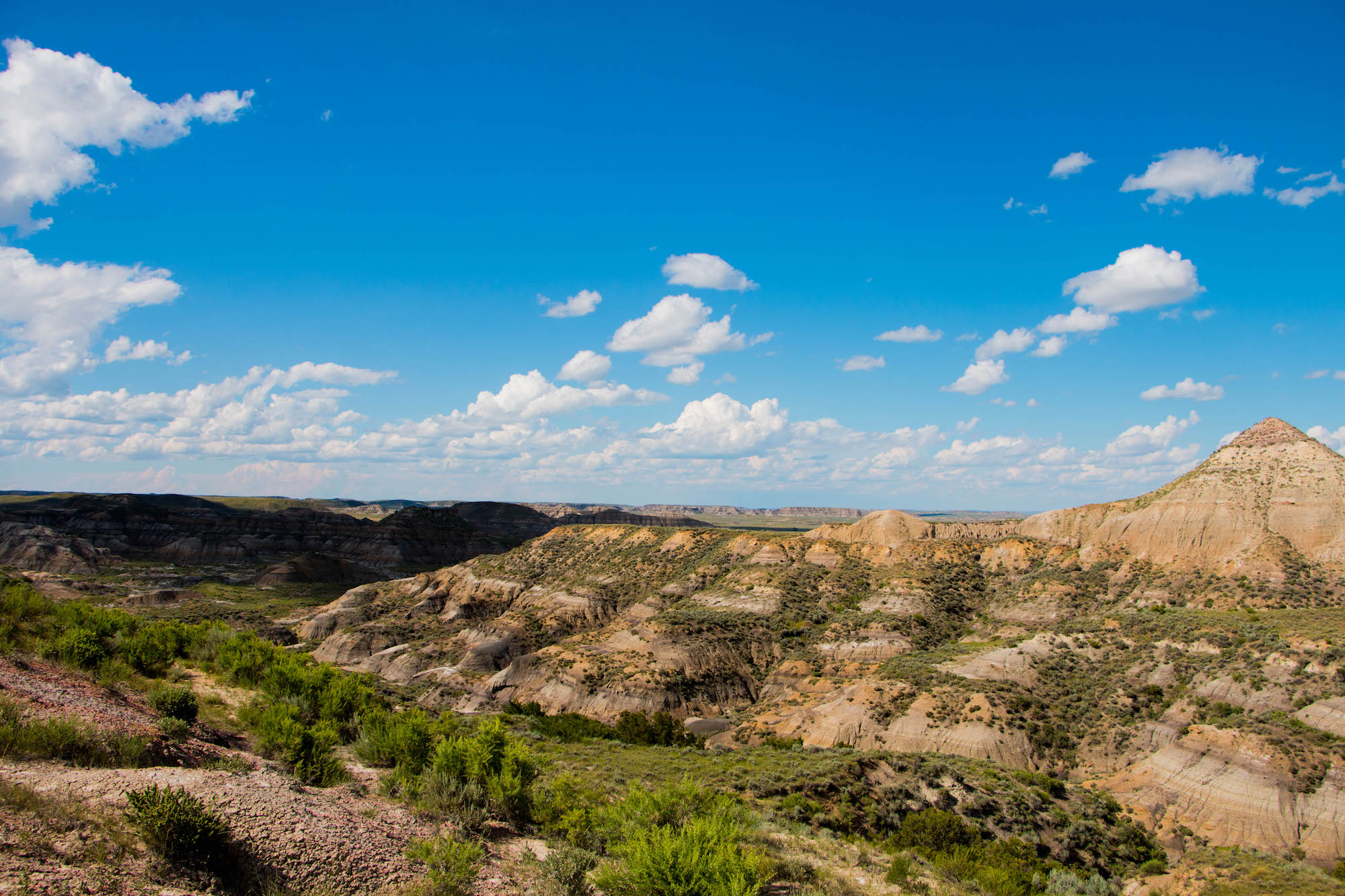Wilson Lab
Vertebrate Paleontology at the University of Washington
Our research examines evolution and ecology of early mammals in the context of major events in earth history through fieldwork, systematics, and quantitative functional analysis of modern and extinct species. Current research projects focus on three broad topics.
1. Mammalian change across the Cretaceous-Tertiary boundary.
Mass extinctions play a dual role in influencing evolution (Gould 1985; Raup 1994). They are destructive in culling species and their evolutionary traits from the biosphere, but also are creative by generating open ecospace and new opportunities for survivors. My ongoing work on the Cretaceous-Tertiary (K-T) boundary in Hell Creek, Montana examines the patterns and processes of mass extinctions and the biotic recoveries that follow (Wilson 2005).
2. Mammal tooth shape and diet.
Most studies quantifying tooth shape rely on two-dimensional information to represent complex, three-dimensional teeth and use homologous landmarks (e.g., geometric morphometrics), which cannot effectively compare vastly different tooth shapes. To address these limitations, I work in collaboration with Drs. Alistair Evans, Jukka Jernvall, and Mikael Fortelius to develop methods of quantifying tooth shape that incorporate 3-D shape data but eliminate the need for homologous landmarks. Geographic Information Systems (GIS) analyses of these data have identified metrics that strongly correlate with dietary preferences in phylogenetically independent groups, namely living rodents and carnivorans (Evans et al., 2007). We are now applying these methods to infer diet in extinct mammals, like multituberculates (see image; Wilson et al., 2006).
3. Biogeography of Cretaceous mammals.
Our understanding of early mammalian evolution has traditionally been biased toward fossil data from the northern continents. However, Cretaceous mammal fossils (144-65 million years old) discovered on southern continents during the last 25 years, hint at a dramatically different story of early mammalian evolution. This is not entirely unexpected; as the southern continents became geographically isolated from the northern continents during the breakup of Pangaea, their continental biotas evolved independently from those in the north. To provide a more comprehensive view of early mammalian evolution, I have ongoing field projects and collaborations in Cretaceous deposits of under-explored geographic regions, like India, Baja California, and Africa (e.g., Rana and Wilson, 2003; Wilson et al., 2007).
